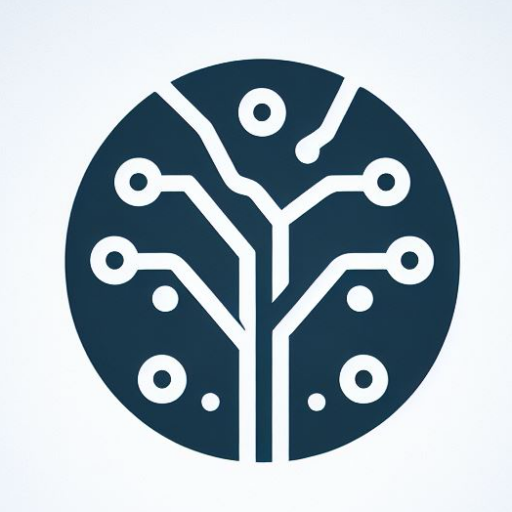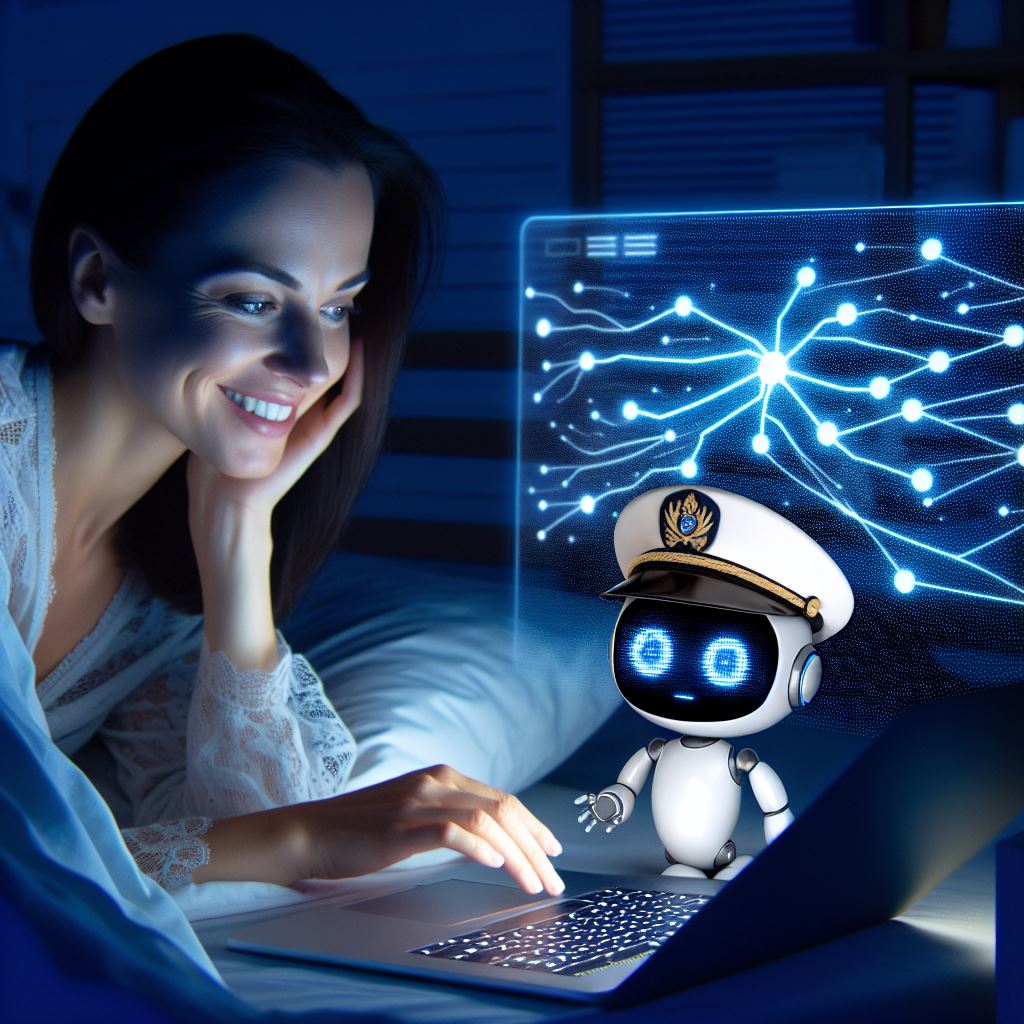Artificial intelligence still evokes fear. A recent Harvard Business Review study reveals that 61% of employees are wary of AI. However, the nature of this apprehension is far from homogeneous. Employees’ perception of AI differs significantly based on various factors, with age and hierarchical level topping the list. Understanding these differences is crucial for developing effective AI adoption strategies.
Shared fears
Artificial intelligence (AI) is a disruptive technology, meaning it changes the way we live and work. Unlike innovations like electricity or the steam engine, which replaced tools without directly threatening human skills, AI questions the role of humans in areas where they felt irreplaceable. It affects fundamental aspects of creativity, decision-making, and autonomy, creating an urgent need for reassurance and support.
Generational differences
Younger generations, particularly those under 35, are generally more receptive to AI. Only 20% of them express concerns about this technology. In contrast, those over 50 are more hesitant, with 40% expressing fears. This difference can be explained by younger people’s increased familiarity with digital technologies and greater flexibility in adapting to new work methods.
Hierarchical differences
Hierarchical level also plays a crucial role in AI perception. Senior executives often see AI as a strategic opportunity to improve efficiency and innovation within the company. In contrast, operational employees may perceive AI as a threat to their jobs and autonomy. 70% of senior executives view AI as an opportunity, compared to 45% of operational employees.
How to support young people
Among younger employees, particularly in creative professions, the main fear is: obsolescence. A designer may worry about AI tools generating visuals in seconds, while it takes them hours of work. But a young, savvy programmer might experience the same fears. To reassure them, it is essential to emphasize that AI does not replace human creativity but stimulates it. AI can propose ideas and accelerate production, but it is always the human who chooses, refines, and gives meaning. Finally, encourage a proactive attitude: rather than enduring AI, learn to use it as a differentiating tool.
How to support seniors
Experienced employees often fear two things: not knowing how to use AI and losing efficiency, and being deprived of their expertise by algorithms they consider opaque or unreliable. To reassure them, it is crucial to show that AI is not a constraint but an aid. Explain that it automates certain repetitive tasks (such as data analysis or reporting) while allowing humans to remain in control. It is also important to train them with concrete demonstrations adapted to their profession, and to value their role as experts by showing them that AI can enrich their analysis rather than replace it.
How we can support you
To overcome internal resistance to AI adoption, it is essential to deeply understand employees’ specific concerns. Do not hesitate to consult us. Mirabilis AI can play a key role in this process by offering personalized solutions that meet the needs of each profile. Above all, the success of AI integration in companies is a human challenge.
Sources : Harvard Business Review: “Why People Resist Embracing AI” by Julian De Freitas, published in January–February 2025.
Harvard Business Review: “Employees Won’t Trust AI If They Don’t Trust Their Leaders” by David De Cremer, published in January–February 2025.
Image generated with Designer




Leave a Reply